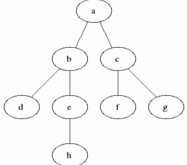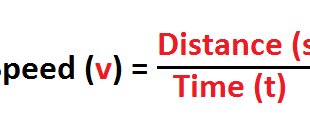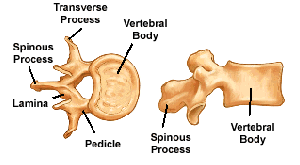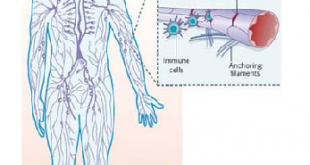SKIN Skin is the largest sensory organ in our body. It is described as: There are 3 layers of skin: Epidermis– a thin, cellular membrane layer. Corium or Dermis– dense, fibrous, connective tissue proper. Subcutaneous tissue– thick, fat-connecting tissue. EPIDERMIS The epidermis is the outermost, total cellular layer of …
Read More »What is Breadth First Search (BFS)
Breadth First Search is an algorithm for traversing elements from a data structure or searching tree. Visiting each vertex and edge exactly in a well defined order is done in Graph travelers. Traversal of an element in graphically is well defined in searching algorithms. The first traversal in BFS accomplished …
Read More »Work and Kinetic Energy
WORK DONE BY A CONSTANT FORCE The work done by a constant force acting on an object is equal to the product of the magnitudes of the displacement and the component of the force parallel to that displacement. W= Fd In condition a, there is a force but no displacement, …
Read More »What is the Motion of a Body
MOTION When a body changes its position continuously with respect to a stationery object, which is taken as a reference point. It can be depicted by this graph: Motion includes both distance and displacement. Distance is a scalar quantity because it has magnitude only. Displacement is a vector quantity because …
Read More »What is Vertebral Column and Structure of Vertebra
VERTEBRAL COLUMN The vertebral column consists of 26 bone segments called vertebrae that are arranged in five divisions from the base of the skull to the tail bone. The first seven bones of the vertebral column from the neck bone are the cervical (C1-C7) vertebrae. These vertebrae do not articulate …
Read More »What is Oral Cavity
ORAL CAVITY (THE MOUTH) The alimentary canal begins with the oral cavity or the mouth. The major parts of the oral cavity are: Cheeks: They form the walls of the oval-shaped oral cavity. Lips: They surround the opening to the oral cavity. Hard palate: It forms the anterior portion of …
Read More »Male Reproductive System
This Article is useful for NEET, UPSC and Other Aspirants. MALE GONADS The male gonads consist of a pair of testes, also called testicles. They develop in a sac, called scrotum which is present in the extra abdominal region. The scrotum exposes the testes to the lower temperature than …
Read More »IP Address Representation
In this blog I discussed about What is IP address and how to represent it. Generally IP address is represented in 32-bit format. In expansion of IP is Internet protocol address. Dot (.) is the decimal and this notation is used to represent as number format data into string of …
Read More »PATHOLOGICAL TERMS RELATED TO THE RESPIRATORY SYSTEM
UPPER RESPIRATORY DISORDERS Croup: Acute respiratory syndrome in children and infants, characterized by obstruction of the larynx and by barking cough. Diptheria: Acute infection of the throat and upper respiratory tract caused by the bacteria Cornyebacterium. Epistaxis: A condition when bleeding occurs through nose. Pertussis: Bacterial infection of the pharynx, …
Read More »What is Lymphatic System
LYMPHATIC SYSTEM (FOR NEET, SSC & UPSC) The lymphatic system is a part of immune system; it helps the body to fight against disease and infection. The lymphatic system includes a network of thin lymphatic vessels that branch like blood vessels into tissues throughout the body. Lymphatic system also removes …
Read More » IT2EDU Empowering Education Through Technology
IT2EDU Empowering Education Through Technology




